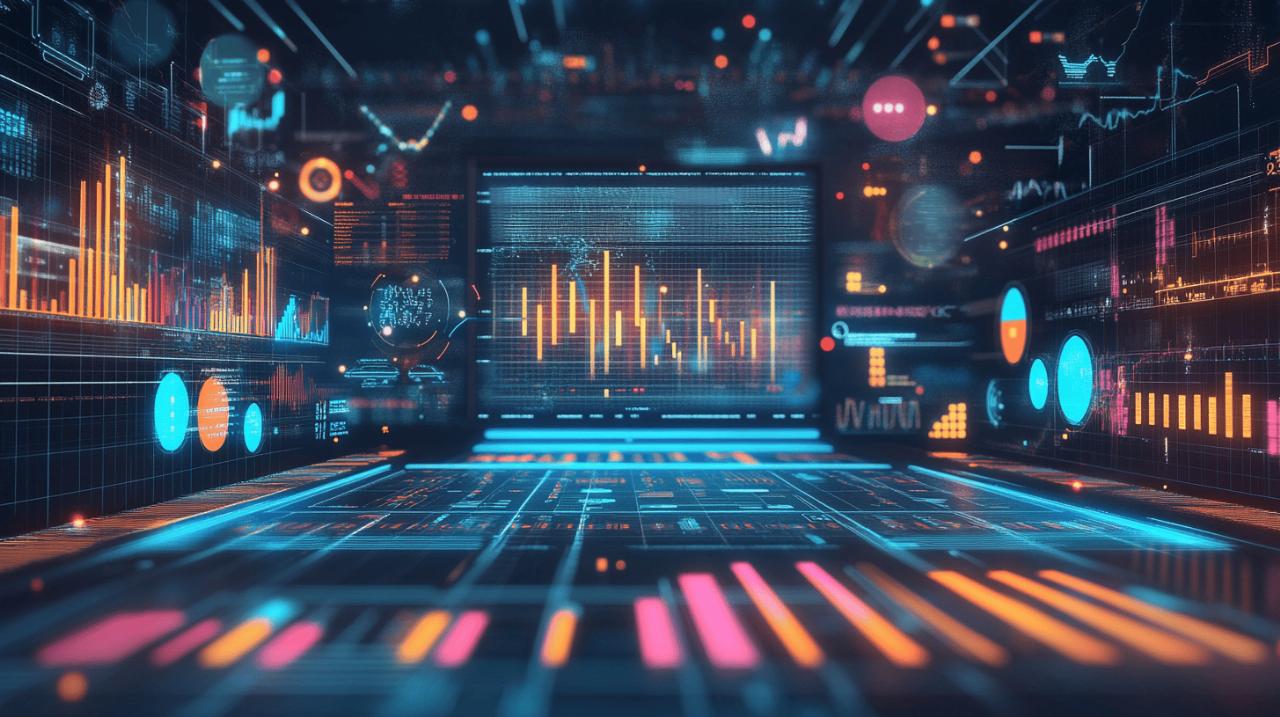Enhancing your B2C online store performance requires strategic tools and insights that reveal how customers interact with your website. Visual heat maps offer a powerful way to visualize user behavior, enabling you to make data-driven decisions that directly impact your conversion rates. By identifying exactly where visitors focus their attention and what elements they engage with, you can optimize your e-commerce platform to create more effective shopping experiences.
Understanding visual heat maps for b2c stores
Visual heat maps are color-coded representations that display visitor activity on your website. These visual analytics tools show which areas receive the most attention using warmer colors (like red) for high engagement and cooler colors (or transparency) for minimal interaction. For online retailers, heat maps provide critical data about how shoppers navigate your store, which products attract interest, and where potential sales opportunities might be lost.
What heat maps reveal about shopper behavior
Heat maps uncover valuable insights about how visitors engage with your B2C store. They track eye movements, clicks, and scrolling patterns to show exactly where users focus their attention. Most retailers adopt Punto Log tracking systems to gather precise data on how far visitors scroll down product pages and which elements capture their interest. This behavioral data helps identify both successful elements and problematic areas that might be causing friction in the customer journey, allowing you to refine product layouts, adjust pricing displays, and position CTAs where they'll generate maximum impact.
Types of heat maps for ecommerce analysis
Several heat map varieties offer different perspectives on user interaction with your online store. Click maps display where users click most frequently, helping optimize button placement and interactive elements. Scroll maps reveal how far down pages users typically venture, showing whether critical content remains unseen. Mouse-movement maps track cursor paths, indicating areas of interest even without clicks. Movement-tracking heat maps utilize advanced eye-tracking technology to create visual representations of exactly where shoppers look when browsing products. Understanding these different heat map types helps develop comprehensive optimization strategies tailored to your specific B2C needs.
Implementing heat map analysis for higher conversions
 Visual heat maps represent one of the most powerful tools for B2C online stores looking to boost conversion rates. These color-coded visualizations track user behavior on your website, with red areas indicating high activity and transparent sections showing low engagement. By implementing heat map analysis, ecommerce businesses can identify optimization opportunities that directly impact sales performance. With average B2C conversion rates hovering around 2.1%, even small improvements can significantly increase revenue.
Visual heat maps represent one of the most powerful tools for B2C online stores looking to boost conversion rates. These color-coded visualizations track user behavior on your website, with red areas indicating high activity and transparent sections showing low engagement. By implementing heat map analysis, ecommerce businesses can identify optimization opportunities that directly impact sales performance. With average B2C conversion rates hovering around 2.1%, even small improvements can significantly increase revenue.
Setting up effective heat map tracking
Installing heat map tracking on your B2C online store requires selecting the right tool and configuring it to capture meaningful data. Start by choosing from specialized heat map solutions like HotJar, Lucky Orange, Mouseflow, or VWO Insights based on your platform needs. These tools collect different types of valuable user interaction data: click maps reveal exactly where visitors are clicking, scroll maps show how far down pages they're viewing, and mouse-movement maps indicate where attention is focused. For WooCommerce stores, compatible plugins can integrate directly with your WordPress installation. When setting up your tracking, focus on critical conversion pages including product listings, landing pages, and checkout processes. Ensure your heat map solution uses high-resolution mapping for accuracy and covers both desktop and mobile experiences, as mobile commerce is projected to exceed 10% of all US retail sales by 2025.
Interpreting data patterns that impact sales
The real value of heat maps comes from analyzing the patterns they reveal about customer behavior. Look for clusters of clicks that indicate strong interest in specific products or features. Pay attention to scroll depth patterns—if users aren't scrolling past a certain point, critical conversion elements might be hidden below the fold. Heat map data can identify design elements that distract from your primary calls-to-action or reveal form fields causing abandonment during checkout. Cross-reference this visual data with traditional analytics metrics like bounce rate, average session duration, and cart abandonment rate (calculated as [Carts Created – Carts Completed] / Carts Created × 100). When analyzing results, focus on industry benchmarks—while overall B2C conversion rates average 2.1%, they vary significantly by sector, from 3.1% for food and beverage to just 0.8% for luxury apparel. Use these insights to prioritize changes like repositioning CTAs, simplifying navigation, enhancing product descriptions, or streamlining your checkout process. For maximum impact, combine heat map analysis with A/B testing to validate improvements before full implementation across your store.





